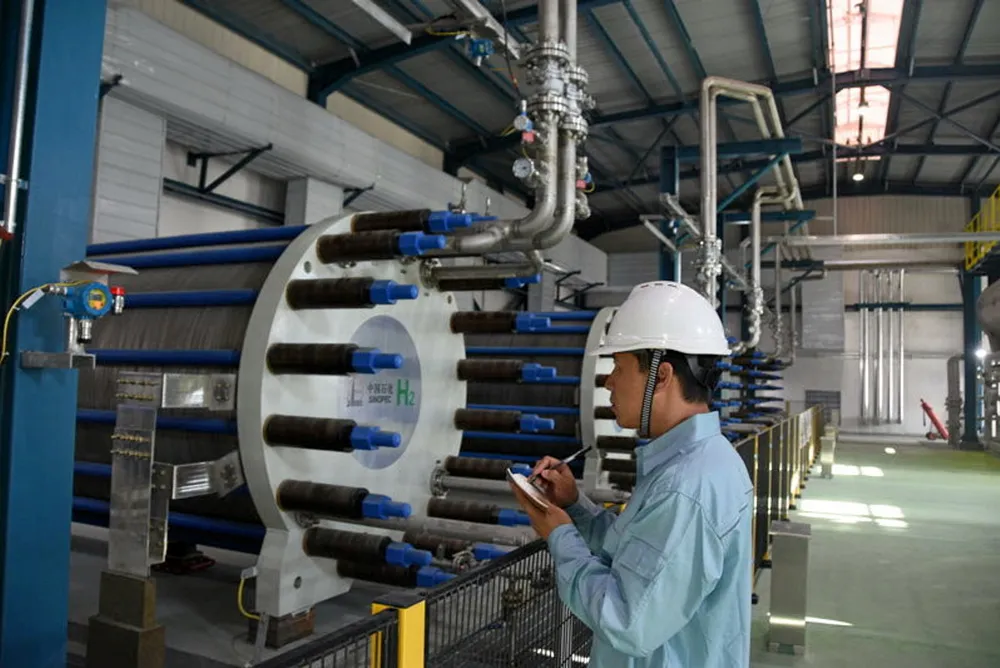INTERVIEW | 'China is overbuilding hydrogen electrolyser manufacturing capacity — and may have to shut some of it down': Citigroup
Neglect of R&D means that country is sacrificing technological advancement for quantity, says investment bank

Neglect of R&D means that country is sacrificing technological advancement for quantity, says investment bank
